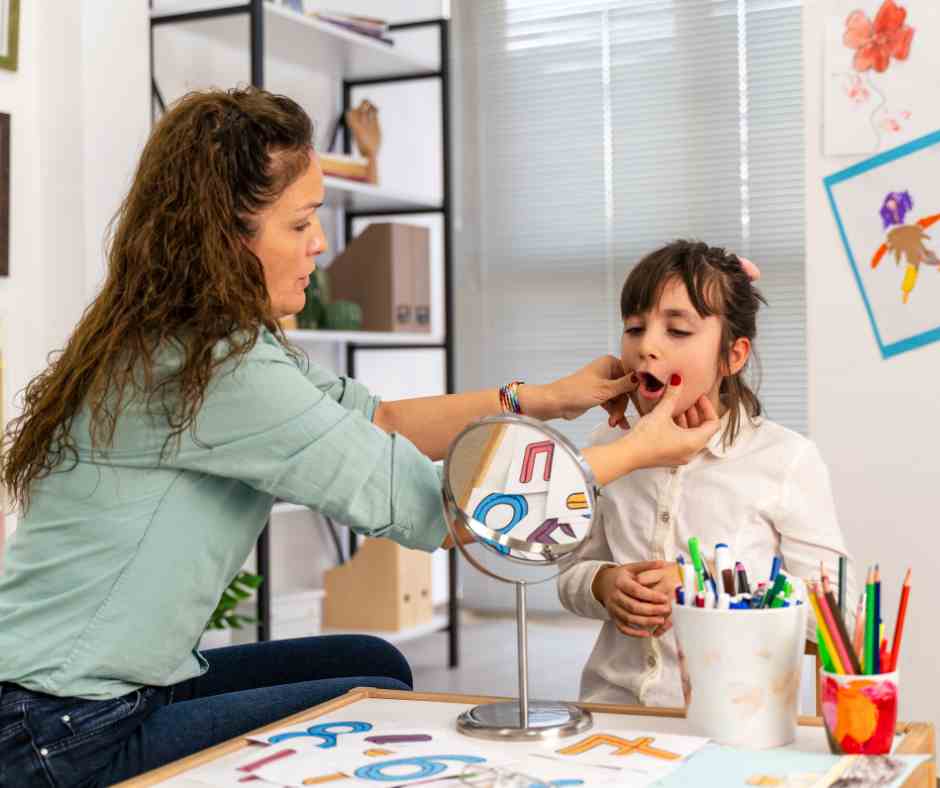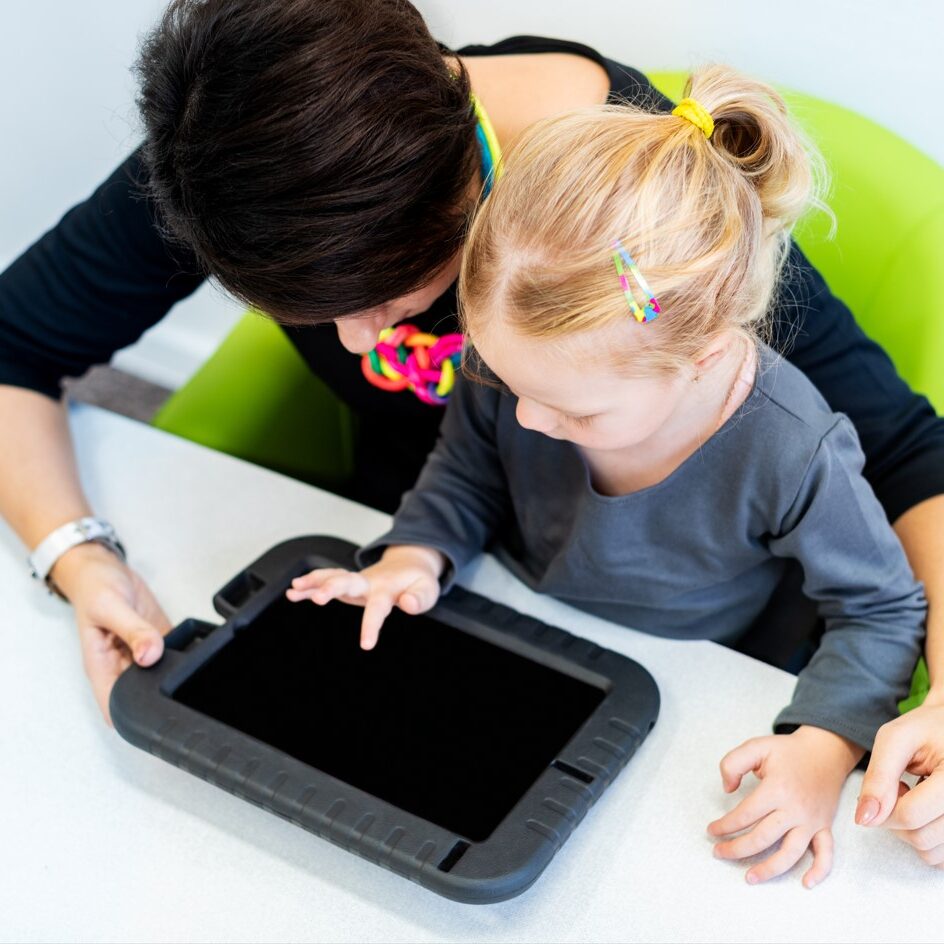At Esperanza, we’re reliable in delivering thorough, research-based therapy to children with a range of developmental difficulties, including those who have cerebral palsy (CP). Prader-Willi Syndrome, a complicated genetic ailment that can have a significant impact on a child’s physical, cognitive, and emotional growth, is one situation that is frequently related to cerebral palsy (CP). Formulating the most effective treatment plans to assist kids with cerebral palsy and PBWS requires an understanding of how the two conditions interact. In this article, we examine the scientific support of cerebral palsy and PBWS, their possible connections, and how Esperanza’s familiar team may help kids overcome their barriers.
Brain palsy: what is it?
Cerebral palsy (CP) exists as a neurological condition group that damages motor coordination and movement patterns due to abnormal brain formation or injuries at birth. CP features as a persistent disease from moderate to severe which impacts both reflexes posture and motor coordination. Children with cerebral palsy need help with walking, speaking and motor control problems because of their condition. Continuous therapy with ongoing care is necessary for complete development in these children.
The severity and type of cerebral palsy can differ, and it can be divided into many categories according to the bodily parts impacted and the sort of movement issues:
- One aspect of spastic CP is tight or inflexible muscles.
- Dyskinetic cerebral palsy: Contains erratic or uncontrollable motions.
- Computation and balance difficulties are among the signs of ataxic cerebral palsy.
- A mix of many kinds is known as mixed CP.
Since cerebral palsy can coexist with other illnesses including epilepsy, intellectual problems, and sensory impairments, early intervention and a multidisciplinary approach to therapy are crucial.
Prader-Willi syndrome (PBWS): what is it?
PBWS appears as an uncommon genetic disorder when specific genes on chromosome 15 become nonfunctional. Researchers estimate PBWS occurs in one of fifteen thousand to thirty thousand newborns. The symptoms of PBWS show diversity through different stages of life yet they mostly comprise:
- Obesity and hyperphagia (insatiable appetite) usually appear after early infancy.
- Severe hypotonia (low muscle tone) throughout infancy, which causes delays in growth and feeding problems.
- Behavioral issues, such as emotional dysregulation, obsessive-compulsive behaviors, and tantrums.
- Cognitive deficits that fall under the mild to severe intellectual disability spectrum.
PBWS can also influence other physical systems, such as endocrine problems, maturing hormone shortages, and unstable sleep patterns. When hypotonia, cognitive deficiencies, and behavioral problems coexist, it might affect a child’s ability to engage in normal developmental movements and junctures.
How Cerebral Palsy and PBWS Are Related
While cerebral palsy and PBWS are particular disorders, they can co-occur and, when they do, can aggravate the problems that children face. The following are a few ways that these two standards may come together:
- Motor Coordination and Obstacles:
The delayed growth of motor skills caused by weak muscles and low muscle tone distinguishes PBWS from CP which impairs parts of the brain. The necessity of early intervention becomes heightened because the combined effects of hypotonia and muscular weakness make it important to control developmental achievements like sitting ability walking function and item grasping.
- Tone and Hypotonia of Muscle:
PBWS is indicated by hypotonia, or decreased muscle tone, which is also frequent in cerebral palsy, specifically in youngsters with certain forms of CP. This means that kids who have both PBWS and CP can work more with posture, motor control, and coordination.
- Obesity and Issues with Feeding:
Due to their incapability to control their appetite, which can be made worse by reduced athletic tone, children with PBWS are more likely to become obese. When connected with mobility and physical training issues associated with cerebral palsy, this can have an impact on public health and growth.
- Impact on Behavior and Thought:
While PBWS and CP can both cause mental issues, PBWS is more frequently linked to learning impairments, speech delays, and intellectual disabilities. Obsessive-compulsive behaviors and passionate explosions are examples of behavioral concerns that may be more prominent in children with PBWS and can make the therapy process for children with CP even more difficult.
How Therapy Can Help Children with PBWS and Cerebral Palsy
A comprehensive treatment strategy that is customized to each child’s specific needs is essential since cerebral palsy and PBWS are both complicated conditions. The physical, mental, and emotional problems that children with these disorders face are addressed via unique therapy programs that are created in close cooperation with families at Esperanza. To help kids in every area of their outcome, our team of professionals—which includes occupational and language pathologists, physical therapists, and certain education experts—uses the most recent evidence-based techniques.
Physical Treatment for Movement and Muscle Tone
People with both cerebral palsy and those with PBWS need physical therapy as their main therapeutic approach. Physical therapy increases gross motor abilities while enhancing coordination skills together with building muscle strength to yield multiple physical positive effects. As part of their intervention, physical therapists use neuromuscular re-education with strength and balance training methods to help children learn motor skills. The selected physical exercises serve to strengthen core muscles in hypotonic children while simultaneously improving posture and coordination.
OT for Cerebral Palsy and PBWS
Better control over fine motor skills, sensation processing, and daily living functions requires occupational therapy for PBWS and CP patients. Our occupational therapists employ play-based therapy combined with sensory integration exercises as well as adaptive strategies to help patients become stronger while improving coordination. Children who struggle with hypotonia and motor uncertainties will be satisfied with special exercises that particularly enhance their strength as well as their mobility when performing daily tasks like eating, dressing, and self-care.
Cognitive and Behavioral Support
At Esperanza, we believe that cognitive and behavioral difficulties can result from both cerebral palsy and PBWS. To assist children with PBWS and CP in developing adequate social, communication, and learning skills, our special education instructors and behavioral therapists employ organized teaching mmethods,including Applied Behavior Analysis (ABA). In addition to helping children manage behaviors linked to PBWS, such as obsessive-compulsive disorder and temper tantrums, behavioral treatment can also address problems with emotional control.
Speech Treatment for Eating and Communicating
For kids with PBWS, speech therapy is essential since their low muscle tone frequently causes eating issues and communication problems. Through attentive language development activities, social skills instruction, and augmentative transmission technologies as required, our speech therapists help patients communicate more effectively. Moreover, speech therapists assist children with PBWS and CP to overcome problems with eating and drinking by operating strategies that enhance oral-motor control.
The Value of Prompt Intervention
To get the greatest results, early intervention is essential for all developmental disorders. Children who receive therapy early on are more likely to overcome obstacles associated with cerebral palsy and PBWS. In order to provide each child the support and direction they require for growth, we at Esperanza employ a family-centered approach to treatment, working together with parents and other cares. We think that by banding together, we can forge a successful path that empowers kids and their families.
Final Thoughts
In order to address the entire spectrum of difficulties that both cerebral palsy (CP) and Prader-Willi syndrome (PBWS) present, customized, multidisciplinary therapy is necessary. For children with cerebral palsy, PBWS, and other developmental problems, our team of committed specialists at Esperanza offers evidence-based care. Children with both diseases benefit from our assistance in improving their motor skills, communication abilities, and general quality of life via physical, occupational, speech, and behavioral treatment.
Esperanza can provide you with the kind, knowledgeable help you need whether your kid has cerebral palsy, PBWS, or both. Our therapists are prepared to collaborate with your family to develop a customized plan that promotes the development, self-sufficiency, and general well-being of your kid. To find out more about our offerings and how we can support your child in realizing their full potential, please get in touch with us right now.



